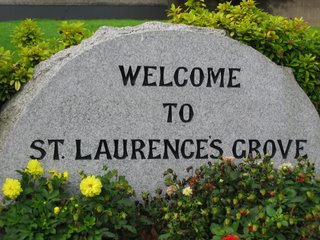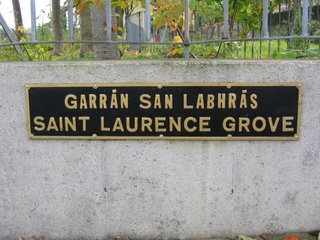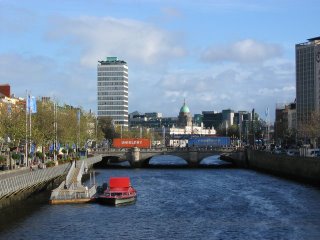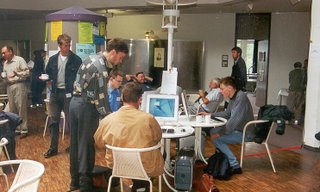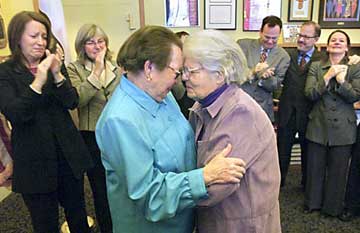Ireland uses a system of healthcare based on the general practioner, which means that he or she is your first port of call when ill health visits, whatever form the ill health takes. Here is a typical visit in dramatic form.
11.20, Wednesdaypatient (
goes to reception at surgery): Hello, my name's Gerald O'Shea, I've an appointment at 11.25.
receptionist (
smiling pityingly): Ah yes, so you have. Why don't you wait in the waiting room over there?
(
patient enters waiting room where he sees fifteen bored-looking people trying to find interest in six-month-old Sunday supplements and Hello
magazines)
12.43receptionist: Mr O'Shea, the doctor can see you now.
patient: Thank you so much.
patient (
entering doctor's surgery): Hello doctor.
doctor: Hello Mr (
looking at his notes) O'Shea, how are you?
patient: Oh not too bad doctor.
doctor: And what brings you here?
patient: I have a sore throat. It's been like this for a few days now.
doctor: Let's take a look. (
he looks into the patient's mouth and takes out a stick) Say 'ah'. (
he pushes the stick down his throat)
patient (choking): Agh!
doctor: Ah yes, so you have. Well, we'll give you a course of antibiotics . Take one a day and don't drink any alcohol. (
he hands a prescription to the patient and then goes to a cabinet and takes out a pill bottle, from which he extracts one pink pill) Take this one hour before going to the chemist.
patient: Yes, OK, thank you so much.
doctor (
gesturing to the door): Well, goodbye now Mr (
looking at his notes) O'Shea.
patient (
leaves surgery and goes back to reception where he presents himself to the receptionist)
12.45receptionist: That'll be fifty-five euro Mr O-Shea.
patient (
hands two bank notes to the receptionist): Thank you for everything. Good bye.
11.00, Thursdaypatient (
takes pink pill and heads off to the chemist on foot)
12.00patient (
enters chemist and goes up to prescription counter; he hands over the prescription): I'd like these antibiotics, please.
chemist (
gazes at the piece of paper): Yes, OK, did you take the pink pill.
patient: Yes, I feel very relaxed.
chemist (
smiles and goes round the back to get the pills; when he returns he has various pieces of paper and a white box with the pills): Here they are Mr O'Shea. Take one a day and avoid alcohol. That will be sixty-five euro.
patient: (
white-faced and with a distant look in his eyes he hands over four bank notes and staggers out of the chemist): Thank you so much.
[This story is fiction but is inspired by real-life events -- with the possible exception of the pink pill.]
